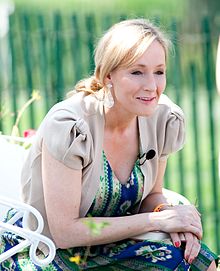
SUMMARY SCENE OPENINGS – WRITING PROCEDURE
COPYRIGHT THE WRITER’S WORKSHOP
Scenic writing is the basis for some of the most moving, satisfying, sophisticated works of literature, something I teach in all my writing classes. It is especially effective in bringing readers into the story because it helps them create a world, a world that you the writer have inhabited and can share with the reader through words. Scenes present a visual, sensual world the reader can inhabit, a kind of imaginary garden with real toads, whether that’s the world of the astronaut program of Tom Wolfe’s The Right Stuff, the vast landscapes of the Southwest in the work of Terry Tempest Williams, or the hard-bitten, humorous Irish Catholic childhood of memoirist Frank McCourt.
1) SETTING THE SCENE
- a) OPENING SENTENCE: Find a sentence that creates suspense and foreshadows what will happen. This makes clear to the reader that information in summary lead is important and needs to be read.
- b) SETTING DETAILS: Provide details that suggest what will happen in scene. These should be chosen for their inherent interest, color and humor and also for what they illustrate about main point of story. The best scenic details do double duty, both painting a picture and creating suspense.
- c) NUT GRAPH: After sketching in the scene and introducing the people, the writer makes a transition to the action. This transition is crucial, often spelling out the main point or alerting the reader that something important will happen in the scene.
This transition usually leads to a nut graph, a paragraph that suggests or explains the larger point or goal of the scene and furnishes its larger context. It’s called a nut graph because it puts all of these things together in a nutshell. Who? What? When? Where? And most importantly, why? As in, why should the reader care? What will the scene accomplish?
2) DESCRIBE ACTION
- a) BEGINNING – Show how it gets started. Describe the important events that precede the scene.
- b) MIDDLE – Describe how it builds, highlight the conflict.
- c) END – Describe how it gets resolved; answer all the necessary questions. Don’t leave the reader guessing. The writer Anton Chekhov said that if a gun appears in the first act of a play it must be discharged by the end of the play.
3) CONCLUSION
- a) UNPACK THE SCENE – Explain what happened in the scene and why it’s significant. What point does it illustrate? Too much symbolism and obscurity will result in confusing and frustrating the reader. how to compose dramatic scenes.
- I teach writers how to compose dramatic scenes in all my writing classes for The Writer’s Workshop, including Seattle writing classes, online classes and travel writing classes. Take a look at my website for more: www.thewritersworkshop.net!
 The Writer's Workshop
The Writer's Workshop 











